How to get rid of turnip white and why is it dangerous?
White turnip is a cute snow-white butterfly that feeds on pollen and nectar. However, its caterpillar is a formidable pest of cabbage plants, capable not only of eating the outer leaves, but also making moves inside the head of cabbage.
Description
Turnip whites, or turnips, are diurnal butterflies from the family of whites. Repnitsa is very similar to cabbage, but is smaller. The length of its anterior winglet is no more than 25 mm, the span is up to 50 mm. For comparison, the range of the cabbage whites is one centimeter larger. Repnitsa wings are covered with white scales. The apices of the fore wing are dark. The females have two black spots on each front wing, and the male has one. The hindwings are pure white, without spots or bloom.
Turnip whites are found all over the world, including Australia. During the season, 2-3 generations of butterflies develop, but the last generation is usually incomplete. The first flies appear in April and lay their eggs throughout May. Later, in July-August, butterflies of the second generation fly out. The third generation appears from September to October.
Repnitsa lays eggs one by one, gluing them to the leaves of cruciferous plants. Each female is capable of laying up to 500 eggs. After 5-11 days, larvae will appear from them.
The larvae of turnip whites, like all insects of the Lepidoptera family, are called caterpillars. Their length is 2–2.5 cm, the color is dull green. A barely noticeable yellowish line runs along the back. The caterpillar has to go through five instars, constantly increasing in length. At the fifth age, the length doubles and is about 4 cm.
Repnitsa larvae are on the upper surface of the leaf, merging with it in color. Their usual state is immobility. In case of danger, the caterpillar raises the front part of the body and shows the pursuer a warning red and black pattern on the throat. The repnitsa larva is not so harmless - if necessary, it can spray out a trickle of caustic liquid.
How does a whitewash harm plantings?
Caterpillars gnaw through holes in leaves or gnaw them from the edges, leaving the veins intact. The insect eats any wild and cultivated cruciferous plants:
- cabbage (white and cauliflower);
- mignonette;
- turnips;
- rutabagas;
- radish;
- radish; watercress;
- mustard;
- turnip;
- horseradish.
Once inside the head of cabbage, the larva makes passages in it and pollutes them with excrement. Damaged heads of cabbage quickly rot and cannot be stored.
The caterpillar's primary concern is nutrition. The larva should grow quickly, so it gnaws at the leaves without stopping. After 20 days, the larva leaves the host plant and pupates in the upper soil layer or by attaching itself to some hard surface. Pupa of turnip whiteness is gray-brown, with sharp spines and black dots. The pupated caterpillars of the second generation leave for wintering.
Caterpillar control
In small areas, caterpillars are harvested by hand. In personal subsidiary plots, you can use biological drugs: "Fitoverm", "Lepidocide".
If a large number of pests are found on plants or if ten or more percent of the leaves are damaged, it is recommended to use "chemistry". Pesticides of organophosphorus composition or pyrethroids are suitable: "Kinmiks", "Iskra", "Aliot".
Traditional methods
Butterflies do not like the smell of some plants: tomatoes, tobacco, chamomile medicinal. Planting cabbage is sprinkled with infusion of tomato tops or potatoes. Wormwood tincture will scare off pests. Cauliflower is sprayed with a decoction of chamomile. Processing is started at the first detection of butterflies.When the insects lay their eggs, spraying with fragrant broths will no longer help.
Advice
Scare away butterflies planted in cruciferous beds marigold and calendula (marigold). In addition to Lepidoptera, these plants will ward off aphids and fleas from cabbage.
A good way to get rid of caterpillars is to simply keep the butterflies out of the way. The cabbage bed is covered with agrotex or a fine mesh so that the butterflies cannot lay eggs on the leaves.The covering material will protect plants from several types of pests at once:
- cabbage and turnip whites;
- scoop;
- cruciferous flea beetles;
- slugs and snails.
Fluttering butterflies look great in the summer in streams of warm air and only decorate the garden, but their larvae cause significant damage to the crop. It is better to start the fight against white turnip as early as possible. By scaring or destroying the butterflies, you eliminate the very source of the problem. In this case, the caterpillars will not appear, which means that cabbage and other cruciferous vegetables will remain safe and sound.
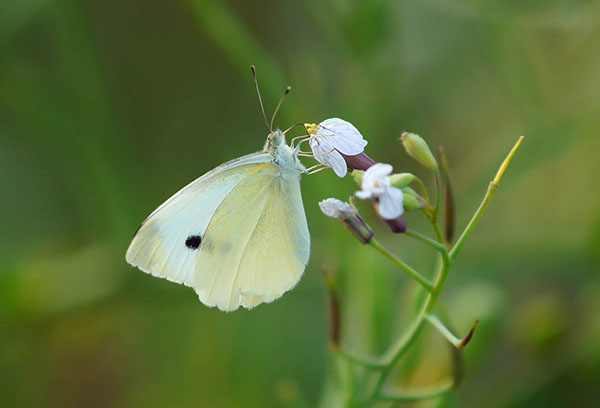
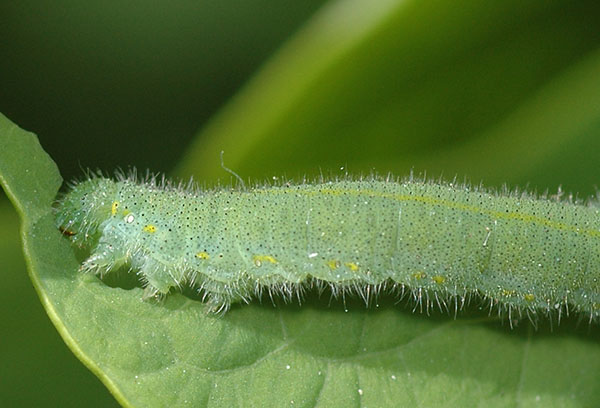
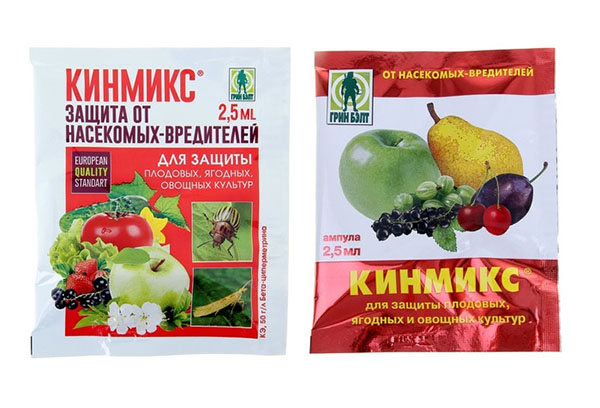
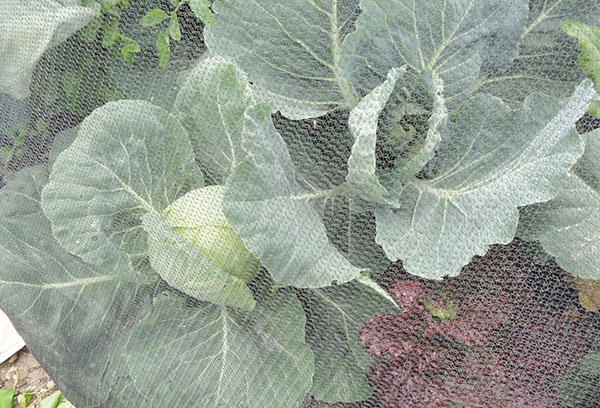
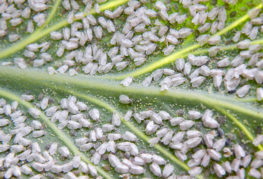
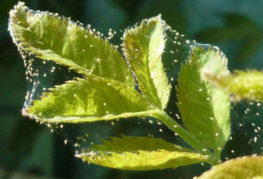
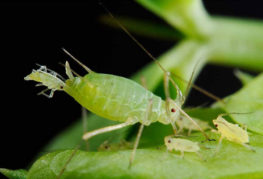
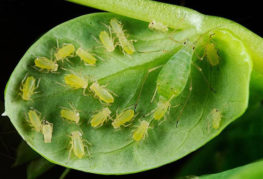
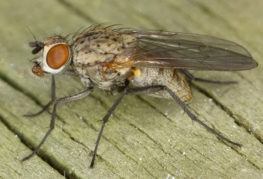
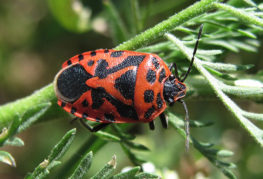
and will be published shortly.